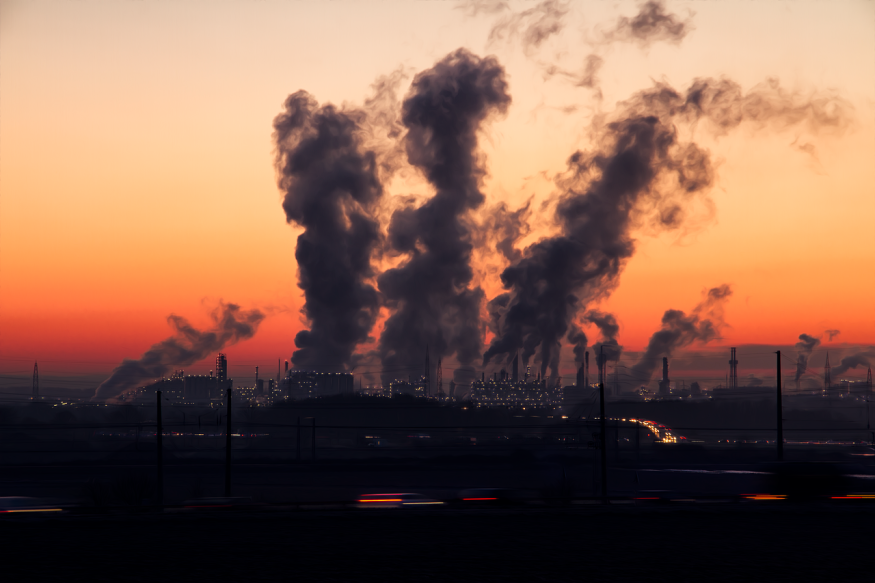Anthropogenic air pollution also accelerates the process of snowmelt, in addition to climate change and global warming.
This is according to a study led by researchers in China who studied the Himalayas, specifically the snow and ice on the Tibetan Plateau.
They concluded that the absence of smog and smoke from human activities such as those coming from transport has reduced snowmelt.
The scientific team involved in the new research paper used various existing data and derived their analysis from the COVID-19 lockdowns in India from March 2020 to May 2020.
The team described these travel restrictions as a "natural experiment" which allowed them to see the impact of reduced anthropogenic greenhouse gas emissions from transport and other industries.
Prior to the study, climate scientists often linked rapid snowmelt with increasing temperatures and hot weather caused by the warming of the planet.
However, anthropogenic, or human-induced air pollution is relatively overlooked.
Now, scientists can focus not only on the climate emergency but also to toxic airborne particles invisible to our eyes.
Tibetan Plateau Snow and Ice

In the study published in the journal PNAS Nexus on Tuesday, June 27, researchers from the Beijing Normal University examined the Tibetan Plateau that holds large mass of snow and ice even being outside of the polar regions of Antarctica and Arctic.
They discovered the deposit of particles like mineral dust, black carbon, organic carbon, and radiation contributes to glacier retreat.
The research team acknowledged that anthropogenic pollutant emissions or air pollution affecting the Himalayan region through "transboundary transport" is currently not fully understood.
As a result, the team used multiple satellite data of the region during the 2020 COVID-19 lockdowns in India.
Also Read : Trees Reduce Air Pollution, Respiratory Problems
2020 COVID-19 Lockdowns
March 2020 is the onset of the COVID-19 pandemic, as well as the start of national and international travel restrictions.
The PNAS Nexus study said that the COVID-19 lockdown resulted in dramatic decrease in human activities, which allowed the said researchers a unique test to determine the transboundary mechanisms of radiative forcing on snow.
This was made possible as the team got a better view of the atmosphere over the Himalaya during the Indian 2020 lockdown.
The results show that the lockdown was responsible for a 71.6% decrease in anthropogenic air pollution on the Himalaya in April 2020, compared to April 2019.
Anthropogenic Air Pollution
According to the authors, the results show the power of reducing anthropogenic air pollution when it comes to combating snowmelt and ice melt, as cited by Phys.org.
For decades, air pollution has plagued cities and some urban areas in the world's busiest metropolitan.
Emissions of hazardous air particles, coming not only from vehicles and public transport but also from industrial establishments.
In the United States, the largest source of anthropogenic greenhouse gas emissions comes from fossil fuel burning used for electricity, heat, and transportation, according to the U.S. Environmental Protection Agency (EPA).
© 2025 NatureWorldNews.com All rights reserved. Do not reproduce without permission.





